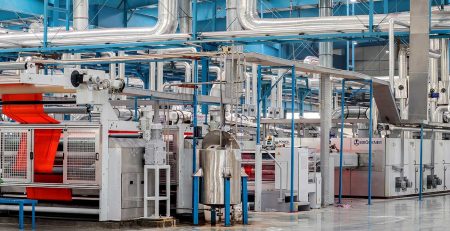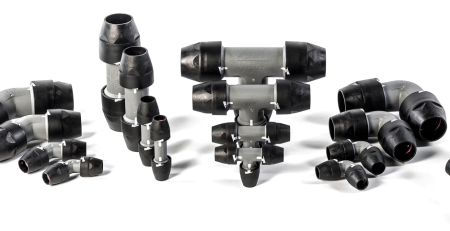Compressed Air Piping Installation
When installing compressed air piping, it’s essential to follow proper practices to ensure a safe and efficient system. Here are some general guidelines for compressed air piping installation:
- Plan the Layout: Before starting the installation, carefully plan the layout of the piping system. Consider factors such as the location of compressed air sources, the position of equipment, and the shortest and most direct route for the pipes. This planning stage helps minimize pressure drops, optimize efficiency, and ensure easy maintenance access.
- Select Suitable Piping Material: Choose an appropriate piping material based on factors such as operating pressure, corrosion resistance, cost, and local regulations. Common options include copper, aluminum, steel, and plastic (such as PVC, polyethylene, or polypropylene). Ensure that the chosen material is compatible with compressed air and meets industry standards.
- Determine Pipe Sizing: Determine the pipe sizes based on the required flow rate, allowable pressure drop, and other factors discussed in the previous response. Consult pipe sizing charts or utilize compressed air system design references to select the proper pipe diameter for each section of the system.
- Install Adequate Support: Provide proper support for the pipes to prevent sagging, vibrations, and stress. Use suitable pipe hangers or clamps at regular intervals to secure the pipes and maintain their alignment. Consider expansion joints or flexible connectors where necessary to accommodate thermal expansion and vibration.
- Minimize Obstructions: Ensure that the piping system is free from obstructions such as sharp bends, kinks, or unnecessary fittings. Smooth bends with a sufficient radius should be used to minimize pressure drops and turbulence. Minimize the number of fittings and valves to reduce potential leak points and pressure losses.
- Leak Testing: After installation, thoroughly test the system for leaks. Utilize appropriate leak detection methods such as soap solution or ultrasonic detection to identify any leaks. Fix any leaks promptly to avoid energy wastage and system inefficiencies.
- Provide Drainage: Incorporate proper drainage points in the system to remove moisture and condensate that can accumulate within the pipes. Install drain valves or traps at low points or where condensation is likely to occur. Regularly drain the system to prevent water buildup and ensure the quality of compressed air.
- Marking and Labeling: Clearly mark the compressed air piping system using labels or color coding. This helps identify different sections, equipment connections, and shut-off valves for easy maintenance, troubleshooting, and safety purposes.
Remember that these guidelines provide a general overview, and it’s essential to consult relevant industry standards, local codes, and manufacturer recommendations specific to your application. If you are unsure about any aspect of the installation, it’s advisable to seek guidance from a professional engineer or an experienced compressed air system installer.










